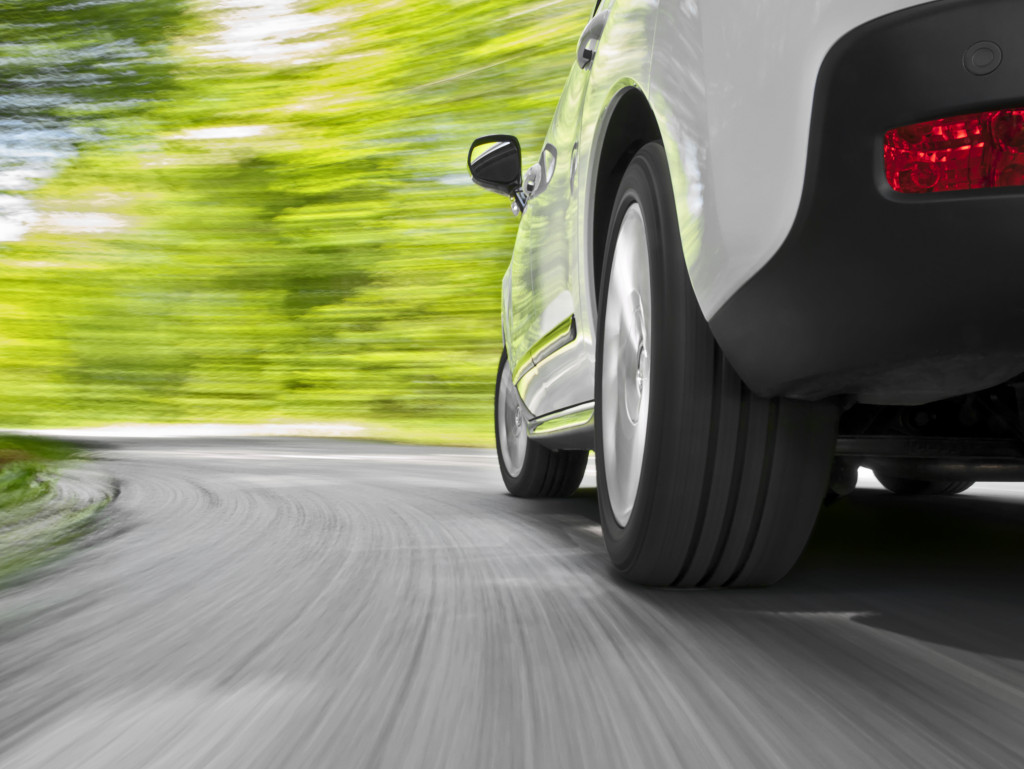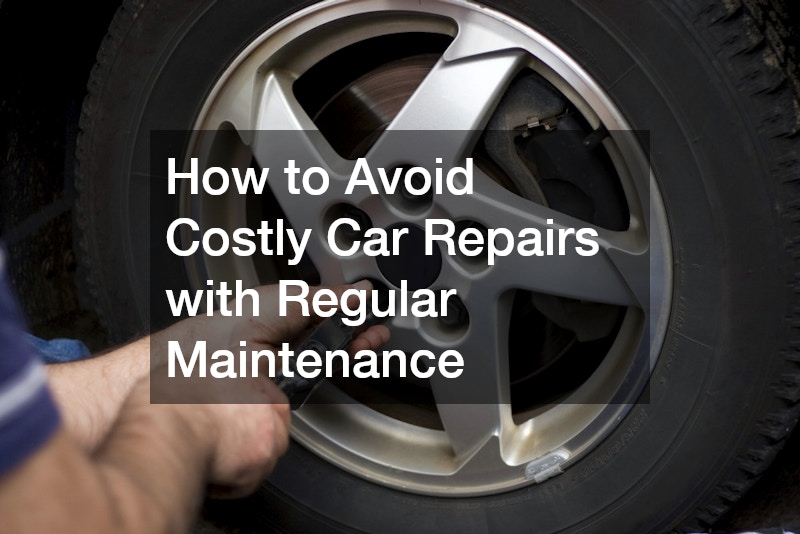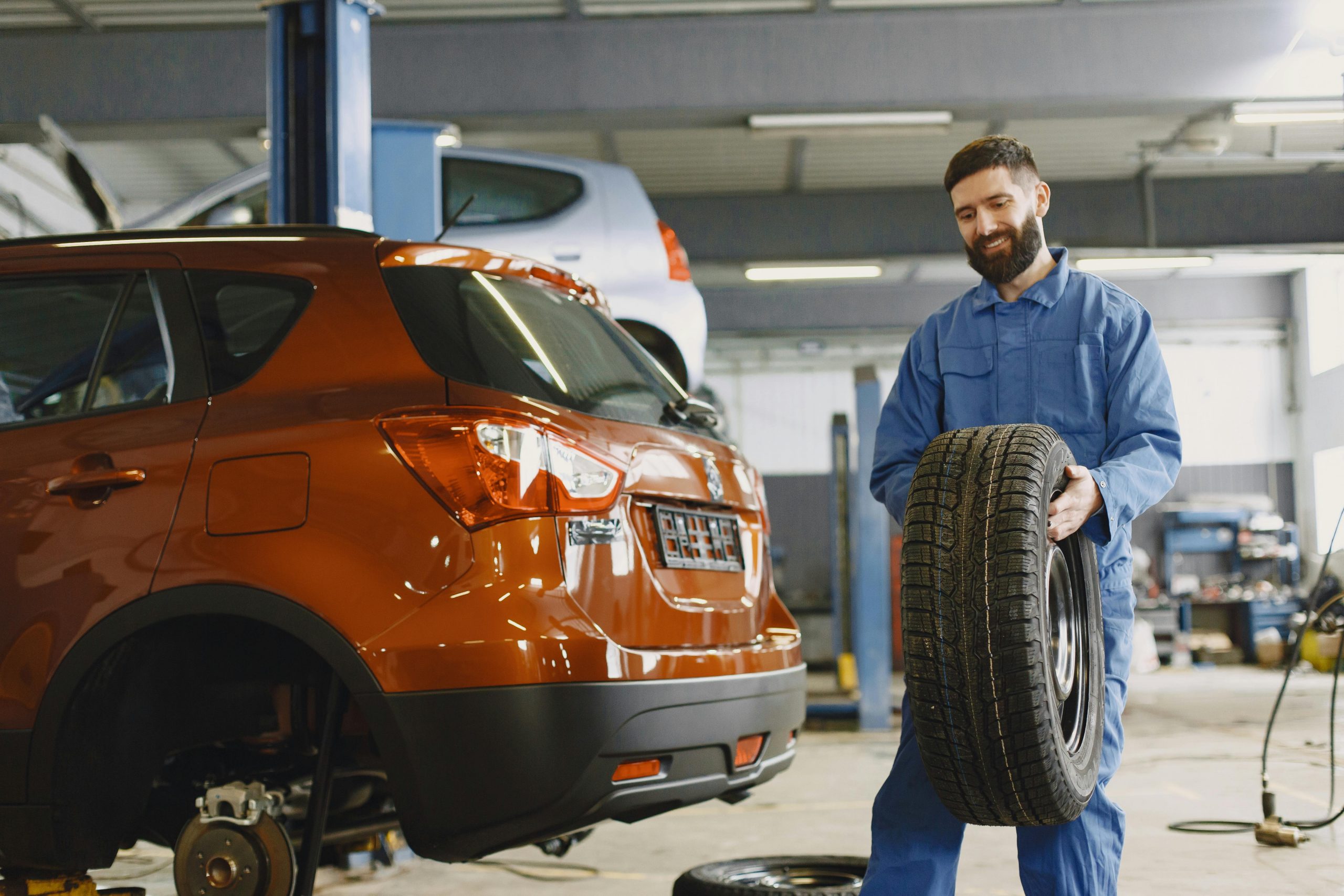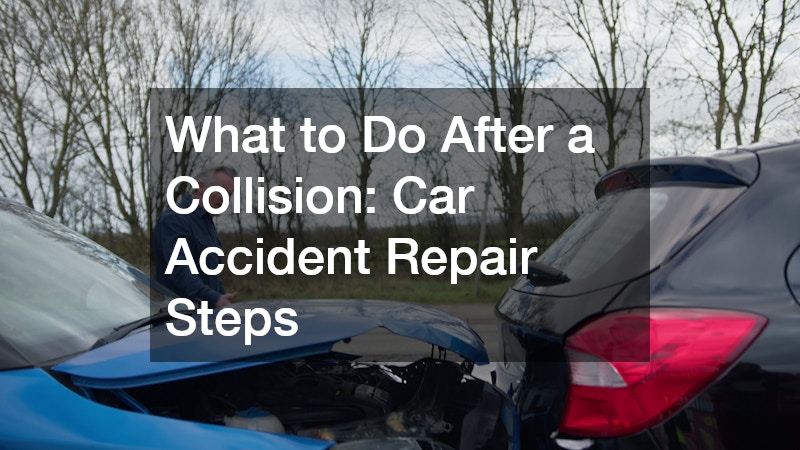Being a responsible motorist is more than just driving cautiously and following traffic laws and regulations. It also means you need to be prepared for any number of emergencies, such as a flat tire or driving in adverse weather conditions. This is one of the main reasons why every motorist should have an emergency kit in their vehicles. Assembling one should be easy and could save you and those around you from a sticky situation in the future.
Going out to buy items for your emergency kit seems like a pain, but it’s not unlike shopping for a Subaru timing belt replacement. Your goal is to have the right tools you can use during an accident or any other emergency scenario.
If you don’t know where to begin, you’ve come to the right place. Here are a few things you need to include in your car emergency kit:
Hand tools
Even if you don’t plan on assembling an emergency kit, you still need to keep a few basic hand tools in your vehicle. You might not know how to perform basic troubleshooting or repairs, but someone near you might, so you need to have the right tools ready for use.
Hand tools such as screwdrivers and wrenches can be used in quick repair scenarios such as sealing leaks and holes and securing screws and bolts. A simple toolbox should suffice, and make sure you have the basics such as electrical tape, wrench set, and a few screwdrivers.
Flashlight and spare batteries
You can use a flashlight if you need to signal an oncoming motorist or pedestrian at night, find something in the dark, or inspect your car’s internal components. You can even use it as a makeshift flare to draw the attention of other people.
It’s essential to take note that batteries might not work as expected during cold weather conditions, so you might want to include spare batteries in your emergency kit. If all batteries are not operational, a mechanically powered flashlight is a reliable alternative.
LED flashlights produce brighter light, have a bigger area of effect, and require less energy compared to regular flashlights. Do not use your phone’s flash as a flashlight unless necessary. You want to conserve your phone’s energy for emergency use.
First aid kit
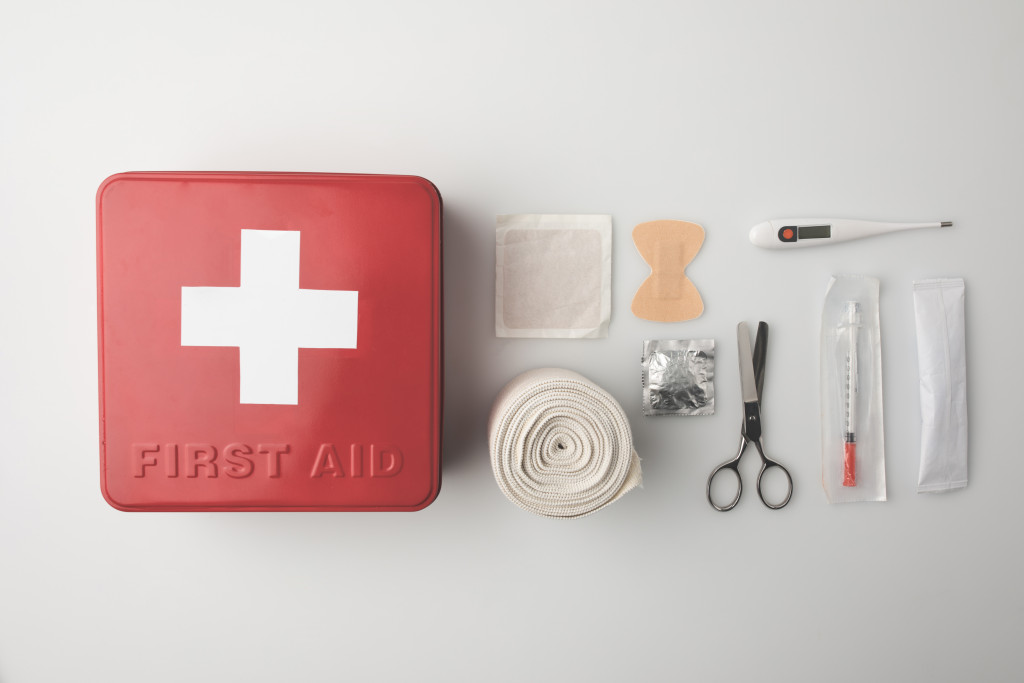
It’s not an emergency kit if you don’t have over-the-counter medications and medical supplies in hand. A few other things you might need to include cotton, a selection of dressing and bandages, povidone-iodine, 70% alcohol, and gauze.
Having a first-aid kit in your vehicle allows you to patch yourself up and treat other people’s minor injuries in the event of an accident. For anything else, you’ll need immediate medical intervention.
Signaling devices
A few basic signaling devices include road flares, whistles, and high-visibility signs. If your car breaks down in a poor-visibility area, or during an adverse weather event, you might need to use signaling devices to attract other motorists and pedestrians to your situation.
These are just some things you need in your vehicle emergency kit. A responsible motorist is prepared to deal with any number of scenarios, and it starts with having the right tools. This list barely covers the basics, so feel free to add other items as you see fit.

